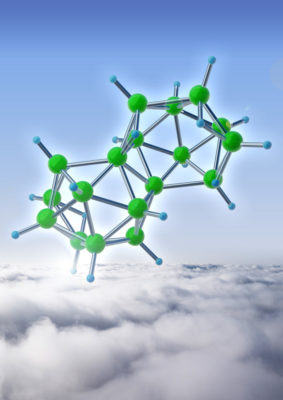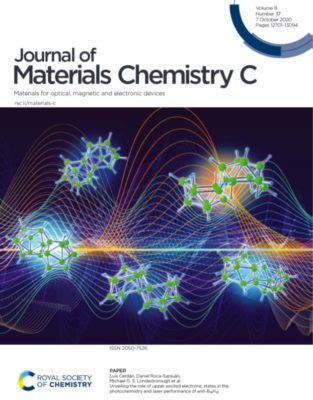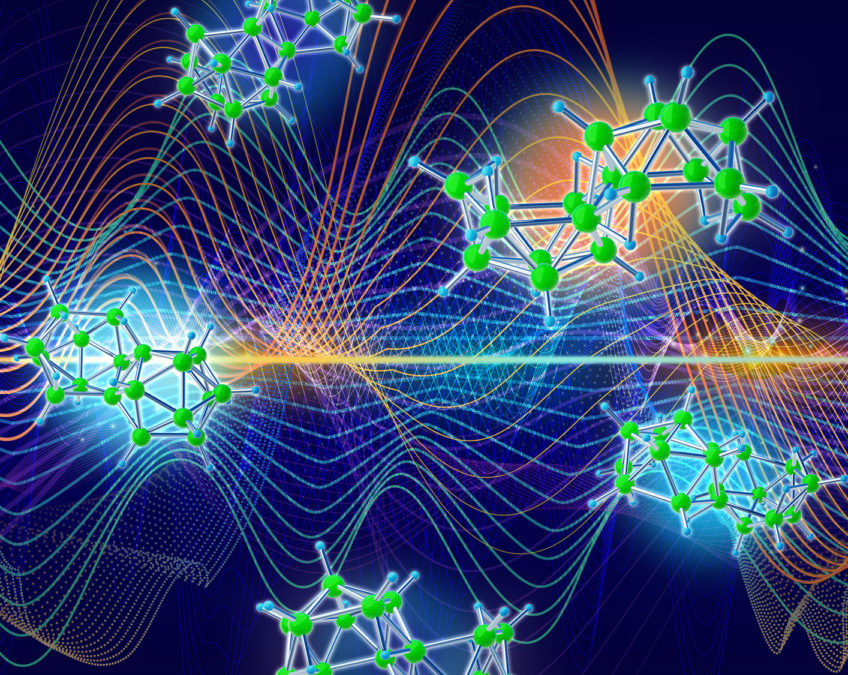In the search for innovative new light sources, the discovery that solutions of the boron hydride anti-B18H22 generate photostable blue laser emission stands out in its significance as the first laser borane. Surprisingly, though, the laser performance of anti-B18H22 (∼10% efficiency) does not match the expectations based on its exceptional photophysical properties (Φf = 0.97 and high photostability). To understand this contradiction, we herein present an investigation into the upper excited states of the anti-B18H22 photophysical system, which we suggest to be the most relevant factor to its laser performance. The use of computational quantum chemistry, laser and UV-vis spectroscopy, NMR spectroscopy, and mass spectrometry unveil the role of the upper excited states on the laser performance of anti-B18H22, showing that efficient excited state absorption (ESA) leads to the population of these states, and results not only in the loss of laser efficiency, but also in the activation of chemically reactive relaxation pathways and the formation of photochemically produced novel molecular species. The likely composition of these photoproducts, formed upon prolonged high intensity laser irradiation, is inferred from their molecular masses, NMR properties, and calculated natural orbitals. Together, these results are of key importance to the complete understanding of the anti-B18H22 photophysical system and provide valuable information to chemists and laser physicists working to mitigate deficiencies and enhance the performance of the next generation of borane lasers and borane-based photoactive materials.
For full paper click HERE



